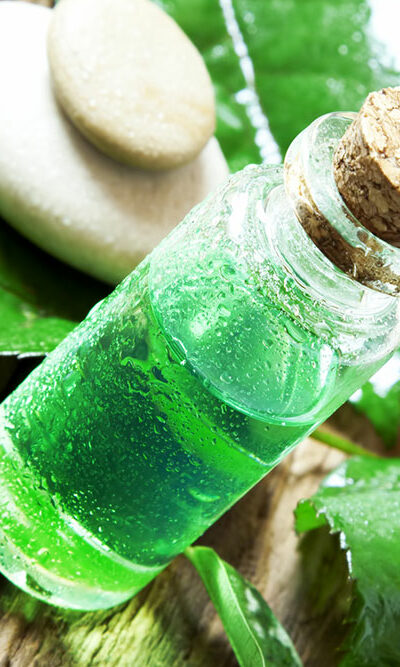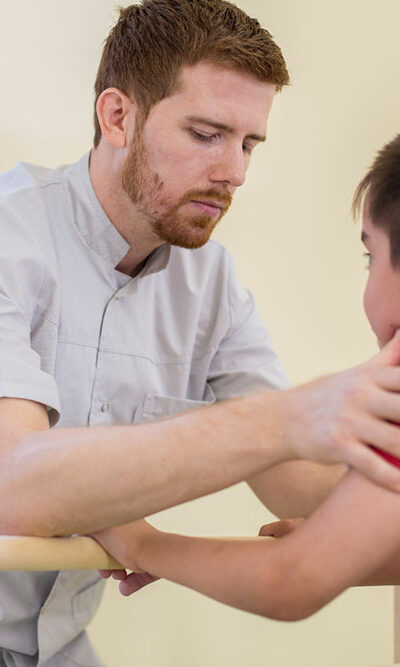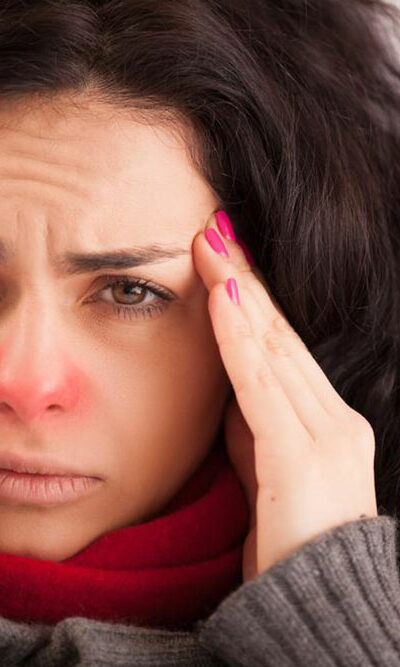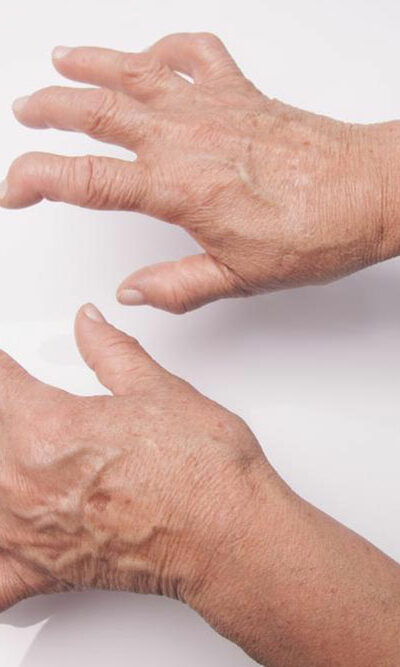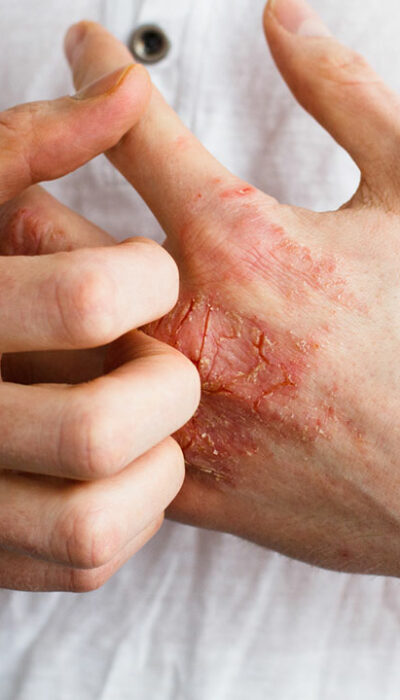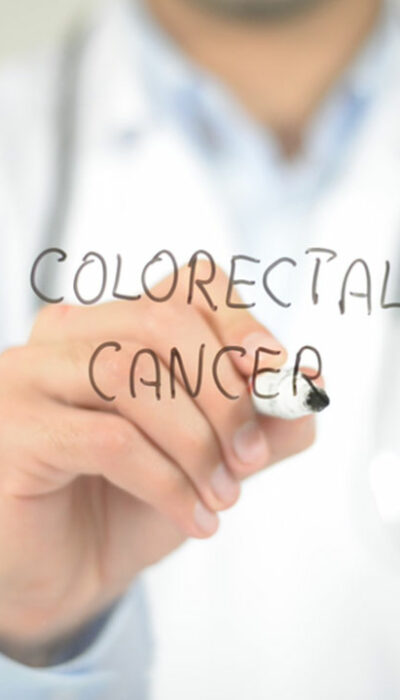
Causes and Diagnosis of Colorectal Cancer
Bowel cancer, also known as colorectal cancer, affects the colon as well as the rectum. It is one of the most common types of cancer that affects men and women across the country equally. This type of cancer develops in the inner lining of the colorectal tube. The colorectal tube can be a breeding ground for polyps and small tumors that can turn malignant. Although most polyps and tumors are benign, studies have shown that usually, polyps developing inside the glandular tissue of the intestinal lining can turn precancerous. These precancerous polyps can lead to metastatic colorectal cancer if left untreated. The development of cancer is related to size as polyps less than a centimeter in size have roughly 1% chance of turning into adenomatous (malignant) polyps. The ones that are bigger than two centimeters are more prone to turn malignant. The growth of colorectal cancer can be controlled and treated if the tumor is localized. At the same time, metastatic colorectal cancer can spread to other parts of the body including lymph nodes, organs, tissues, and the bloodstream as it spreads through the walls of the bowel. Mentioned below are some risk factors that might cause colorectal cancer: Abdominal diseases An underlying condition can increase one’s risk of developing metastatic colon cancer. Abdominal diseases such as Crohn’s disease and ulcerative colitis can result in the development of tumors and polyps in the intestine, causing colorectal cancer. Genes Unfortunately, cancer can be hereditary. Studies show that genetic sequences partly determine one’s susceptibility to colorectal cancer. It is observed people with medical conditions such as Familial Adenomatous Polyposis (FAP), Gardner’s syndrome, MYH-associated polyps, and Cowden’s disease, have a higher chance of suffering from colorectal cancer. Diet Although not a major cause, one’s diet does contribute to the early stages of colorectal cancer.




